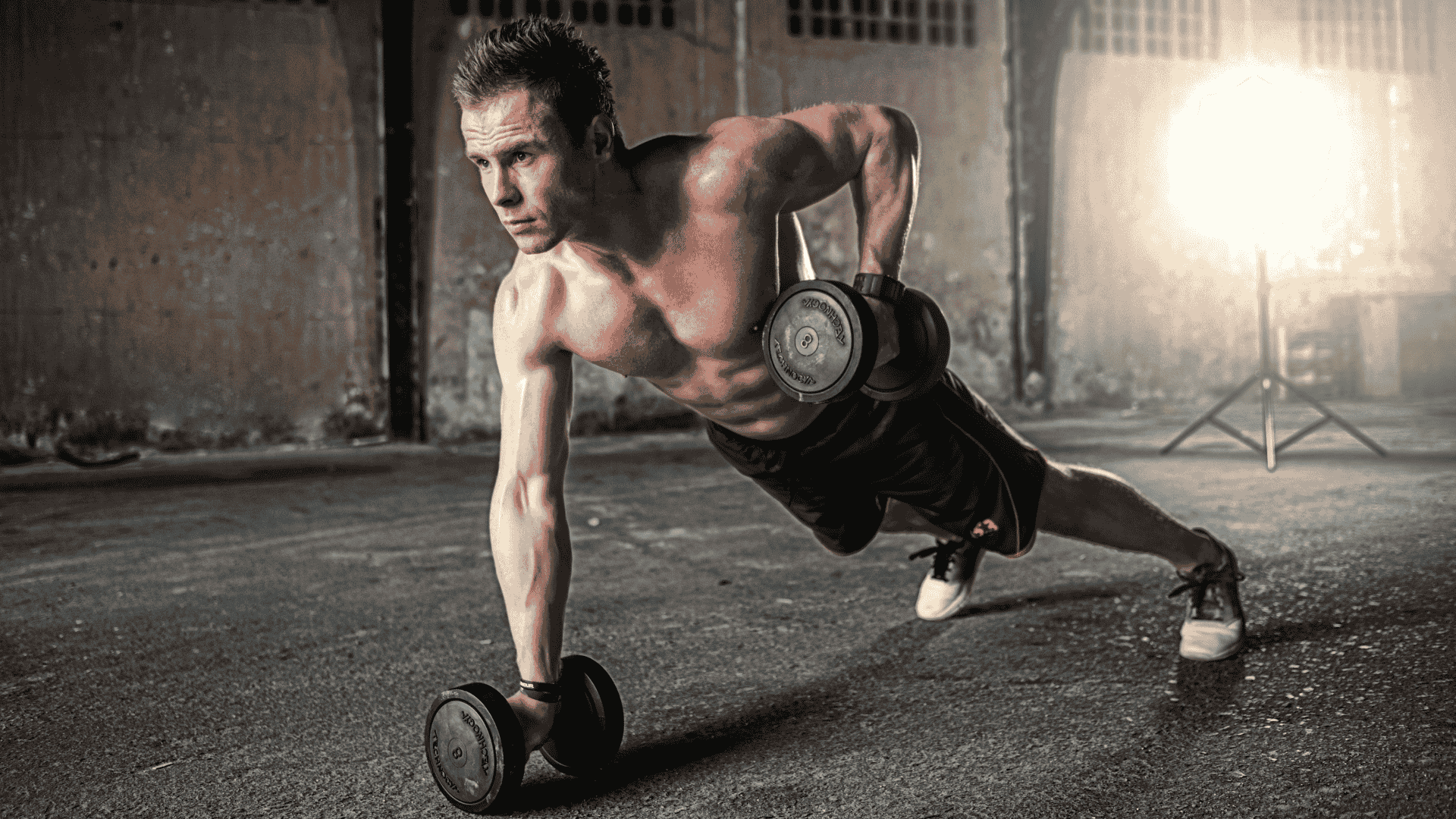Carb-Loading Vs. Protein-Loading For Recovery
Carb-Loading Vs. Protein-Loading For Recovery: Which is Best for You?
When it comes to recovery, whether you’re a weekend warrior, marathon runner, or weightlifter, the food you eat post-workout plays a crucial role in helping your body bounce back. Two popular approaches to refueling are carb-loading and protein-loading—each with its unique benefits and ideal use cases.
In this article, we’ll break down the differences between the two, help you understand when each approach works best, and recommend some high-rated Amazon products to help you get the most out of your recovery routine.
What Is Carb-Loading?
Carb-loading, short for carbohydrate loading, is the practice of consuming foods high in carbohydrates to replenish your body’s glycogen stores. Glycogen is the primary energy source your muscles rely on during high-intensity workouts or endurance activities.
This approach is particularly beneficial for long-distance runners, cyclists, or anyone engaging in activities that last longer than 90 minutes. It ensures that you have enough stored energy to power through your workout or race and recover afterward.
Key Benefits of Carb-Loading:
- Restores glycogen stores: Ideal after endurance-based activities.
- Improves energy levels: Prevents fatigue during long workouts.
- Supports recovery: Helps your muscles recover faster.
Recommended Carb-Rich Products:
- Bob’s Red Mill Organic Quick Cooking Rolled Oats
- Why it’s great: Packed with complex carbohydrates and fiber, these oats are an excellent option for replenishing glycogen.
- Amazon link: Bob’s Red Mill Organic Oats
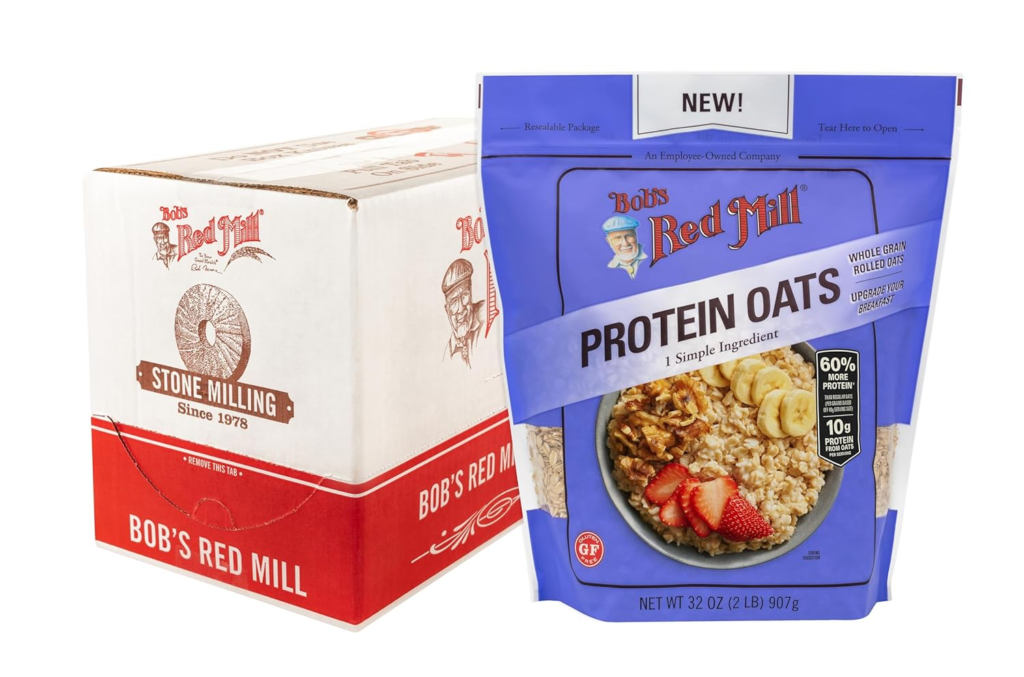
- GU Energy Roctane Ultra Endurance Energy Drink Mix
- Why it’s great: Specifically designed for endurance athletes, this drink mix provides carbs and electrolytes in one easy-to-digest package.
- Amazon link: GU Energy Roctane
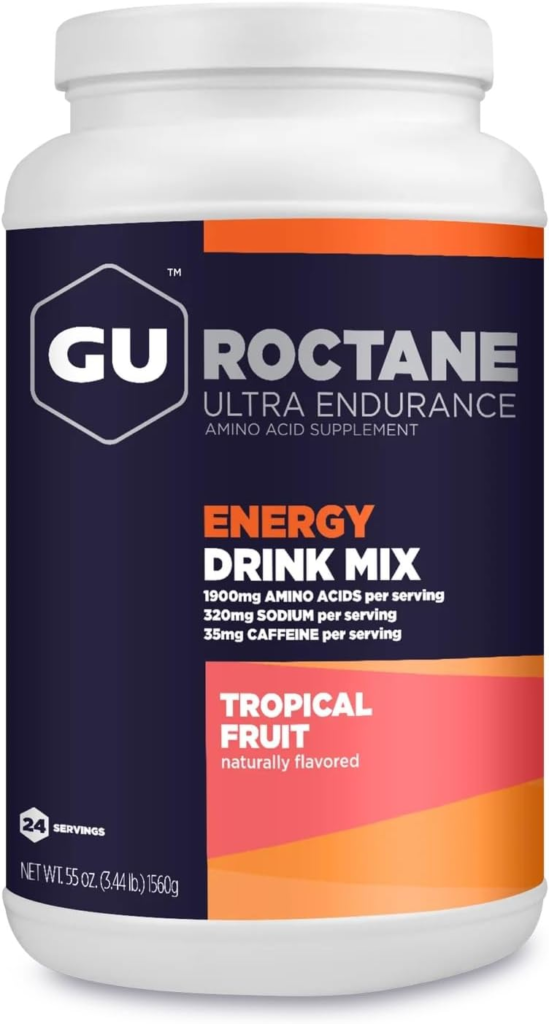
- Nature’s Bakery Fig Bars
- Why it’s great: A portable and tasty snack made with whole grains and natural sugars, perfect for a quick energy boost.
- Amazon link: Nature’s Bakery Fig Bars
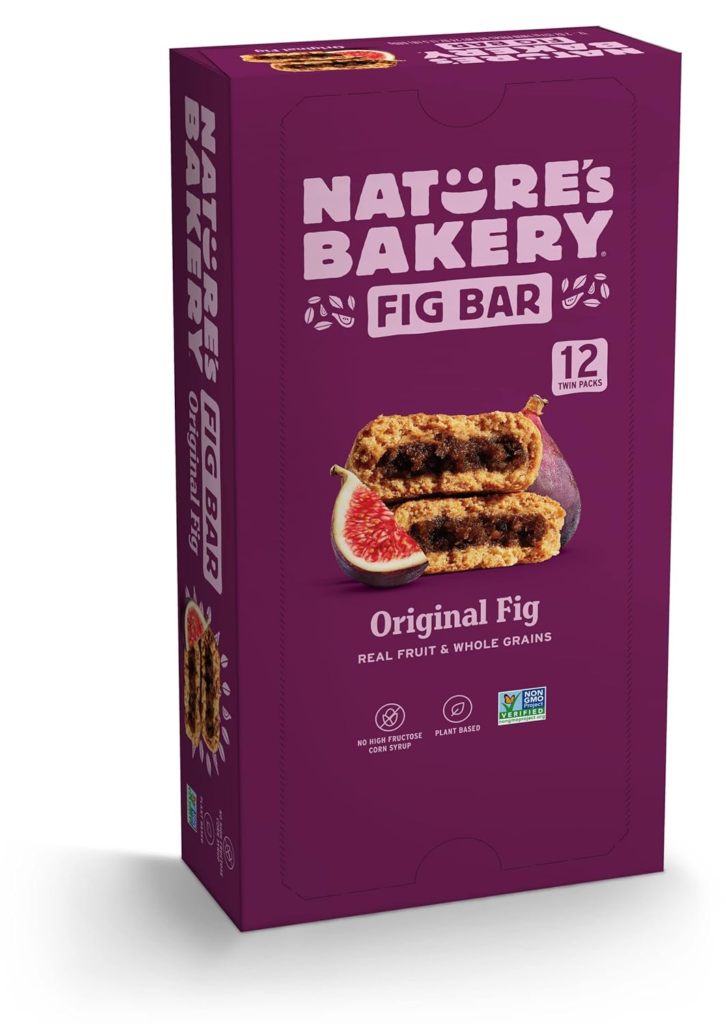
What Is Protein-Loading?
Protein-loading focuses on consuming foods rich in protein to help repair and rebuild muscle tissue. After strength training or high-intensity interval training (HIIT), your muscles experience micro-tears that need to be repaired. Protein provides the amino acids necessary for this process, making it essential for recovery and muscle growth.
Key Benefits of Protein-Loading:
- Repairs muscle damage: Essential for strength and resistance training recovery.
- Supports muscle growth: Builds lean muscle mass.
- Helps with satiety: Keeps you full longer post-workout.
Recommended Protein-Packed Products:
- Optimum Nutrition Gold Standard Whey Protein Powder
- Why it’s great: A high-quality whey protein that mixes easily and comes in various flavors, making it a staple for post-workout shakes.
- Amazon link: Optimum Nutrition Whey
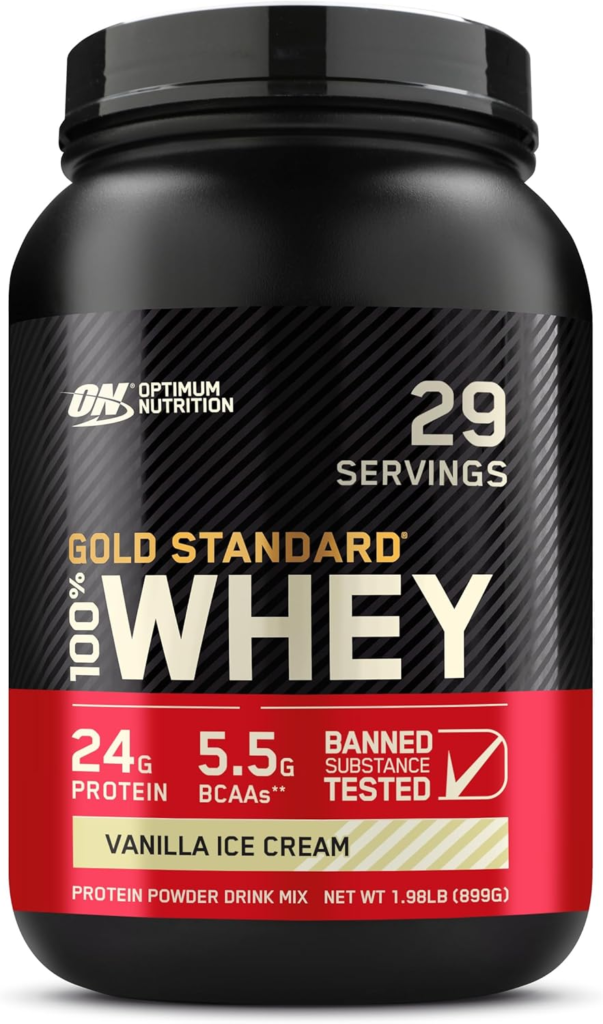
- Quest Nutrition Protein Bars
- Why it’s great: These bars are low in sugar but high in protein, making them a convenient and tasty post-workout snack.
- Amazon link: Quest Protein Bars

- Premier Protein High-Protein Shake
- Why it’s great: A ready-to-drink shake with 30g of protein and only 160 calories, perfect for busy schedules.
- Amazon link: Premier Protein Shakes
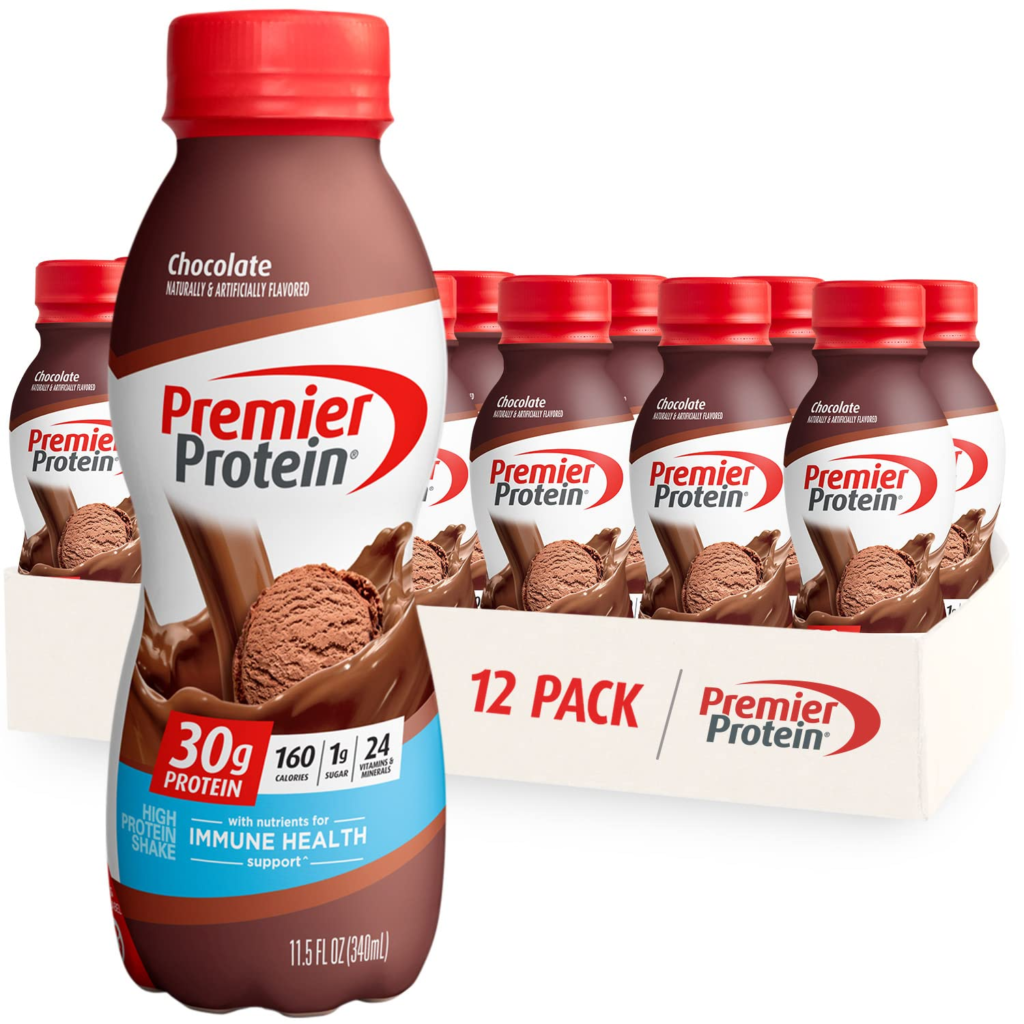
How to Decide Between Carb-Loading and Protein-Loading
Choosing the right approach depends on the type of exercise you’re doing and your recovery goals. Here’s a quick breakdown:
When to Focus on Carb-Loading:
- Endurance Activities: Long runs, cycling, swimming, or triathlons.
- Duration Matters: Workouts lasting more than 90 minutes require glycogen replenishment.
- Pre-Event Prep: Carb-loading is also helpful before a big race or endurance event.
When to Focus on Protein-Loading:
- Strength Training: Weightlifting, powerlifting, or bodybuilding.
- High-Intensity Workouts: Activities like CrossFit or HIIT.
- Muscle Recovery: If you’re looking to repair and grow muscle tissue.
Can You Combine Both?
Absolutely! Depending on your workout type, you might benefit from a combination of carbs and protein. For example, after a long run, you could start with a carb-rich snack to restore glycogen and follow it with a protein shake to repair muscle tissue.
Tips for Maximizing Recovery
- Eat Within the Golden Hour: Aim to consume carbs and protein within 30–60 minutes post-workout for optimal recovery.
- Listen to Your Body: Experiment with different foods to see what works best for your energy levels and muscle recovery.
- Stay Consistent: Recovery isn’t just about what you eat immediately after a workout—it’s about maintaining a balanced diet overall.
Final Thoughts: Carb-Loading Vs. Protein-Loading
Both carb-loading and protein-loading have their place in a well-rounded recovery routine. The key is to tailor your approach based on your specific needs and goals. Endurance athletes will benefit from replenishing glycogen stores, while strength trainers should prioritize muscle repair with protein. Don’t forget that combining the two can give you the best of both worlds, especially after a mixed workout.
If you’re ready to elevate your recovery game, try out some of the products we’ve recommended. These Amazon best-sellers are trusted by thousands of athletes and fitness enthusiasts for good reason.
What’s your go-to recovery strategy? Share your thoughts and favorite products below!

